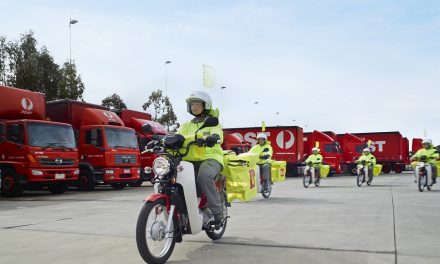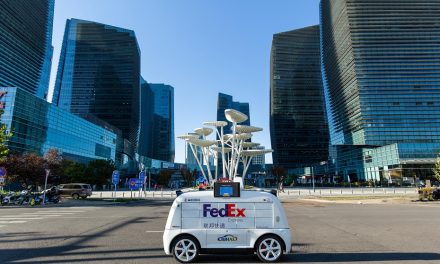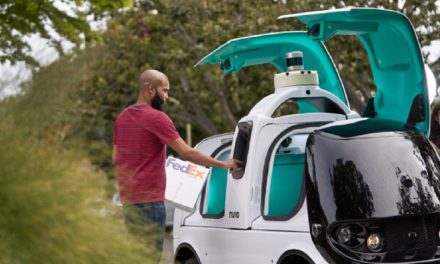
US highway safety authority evaluating Tesla Autopilot after fatal crash
The US National Highway Traffic Safety Administration (NHTSA) has opened a preliminary evaluation into the performance of Tesla’s Autopilot during a recent fatal crash that occurred in a Model S. In a statement issued yesterday (30 June), Tesla said this was a “tragic” incident but added: “This is the first known fatality in just over 130 million miles where Autopilot was activated. Among all vehicles in the US, there is a fatality every 94 million miles. Worldwide, there is a fatality approximately every 60 million miles. It is important to emphasize that the NHTSA action is simply a preliminary evaluation to determine whether the system worked according to expectations.”
Describing its understanding of how the incident occurred, Tesla commented: “What we know is that the vehicle was on a divided highway with Autopilot engaged when a tractor trailer drove across the highway perpendicular to the Model S.
“Neither Autopilot nor the driver noticed the white side of the tractor trailer against a brightly lit sky, so the brake was not applied.
“The high ride height of the trailer combined with its positioning across the road and the extremely rare circumstances of the impact caused the Model S to pass under the trailer, with the bottom of the trailer impacting the windshield of the Model S.
“Had the Model S impacted the front or rear of the trailer, even at high speed, its advanced crash safety system would likely have prevented serious injury as it has in numerous other similar incidents.”
Many believe that autonomous and semi-autonomous vehicles could have an important role to play in the post and parcel delivery industry. The statistics appear to show that the technology can actually lead to greater road safety – but there is still resistance to the idea among sections of the public.
In yesterday’s statement, Tesla went on to stress that its ongoing tests will and technology refinement will continue to bring more safety improvements: “As more real-world miles accumulate and the software logic accounts for increasingly rare events, the probability of injury will keep decreasing. Autopilot is getting better all the time, but it is not perfect and still requires the driver to remain alert. Nonetheless, when used in conjunction with driver oversight, the data is unequivocal that Autopilot reduces driver workload and results in a statistically significant improvement in safety when compared to purely manual driving.”












